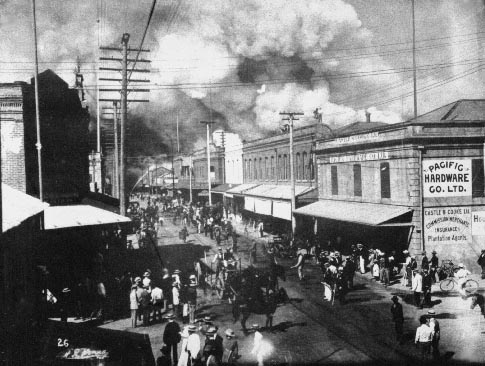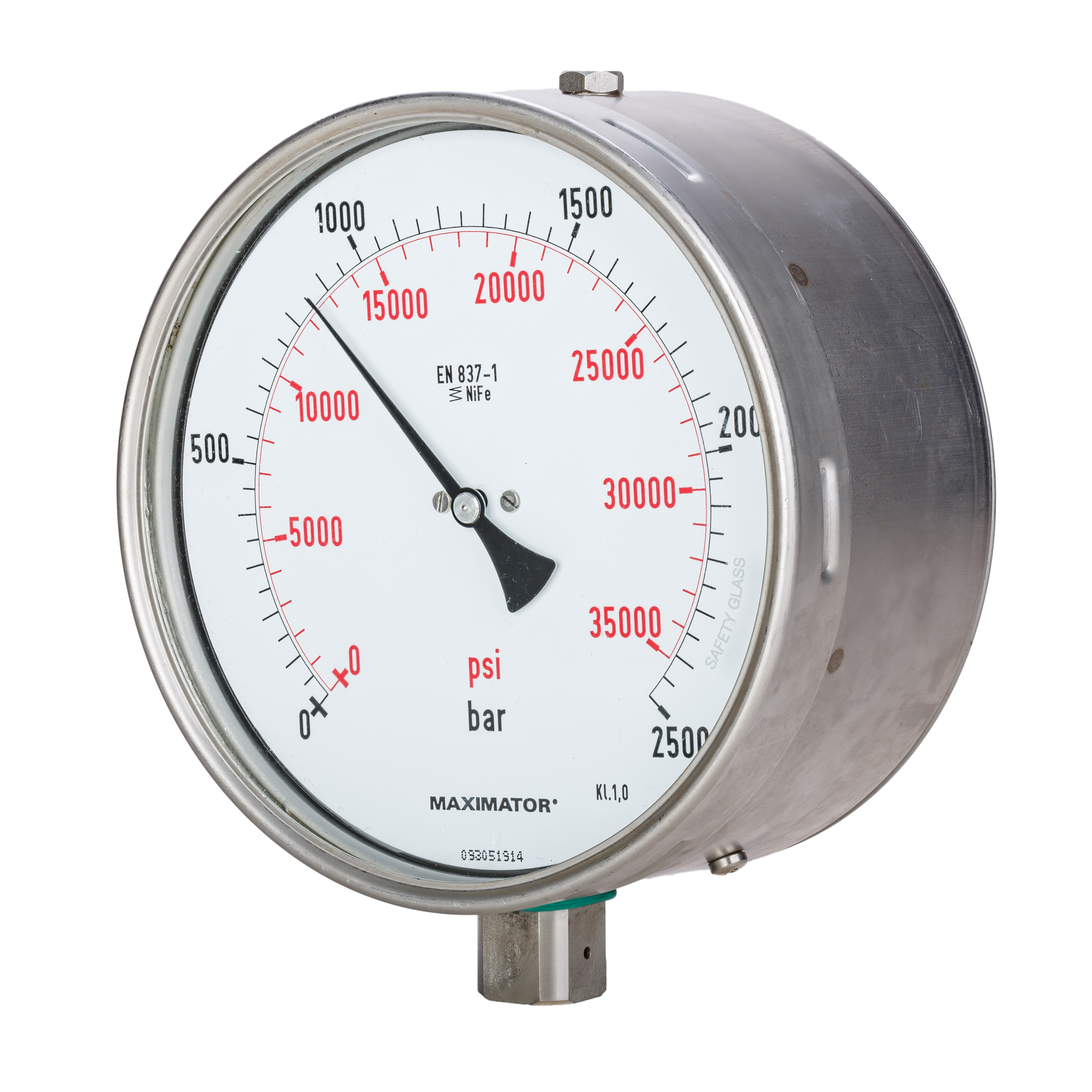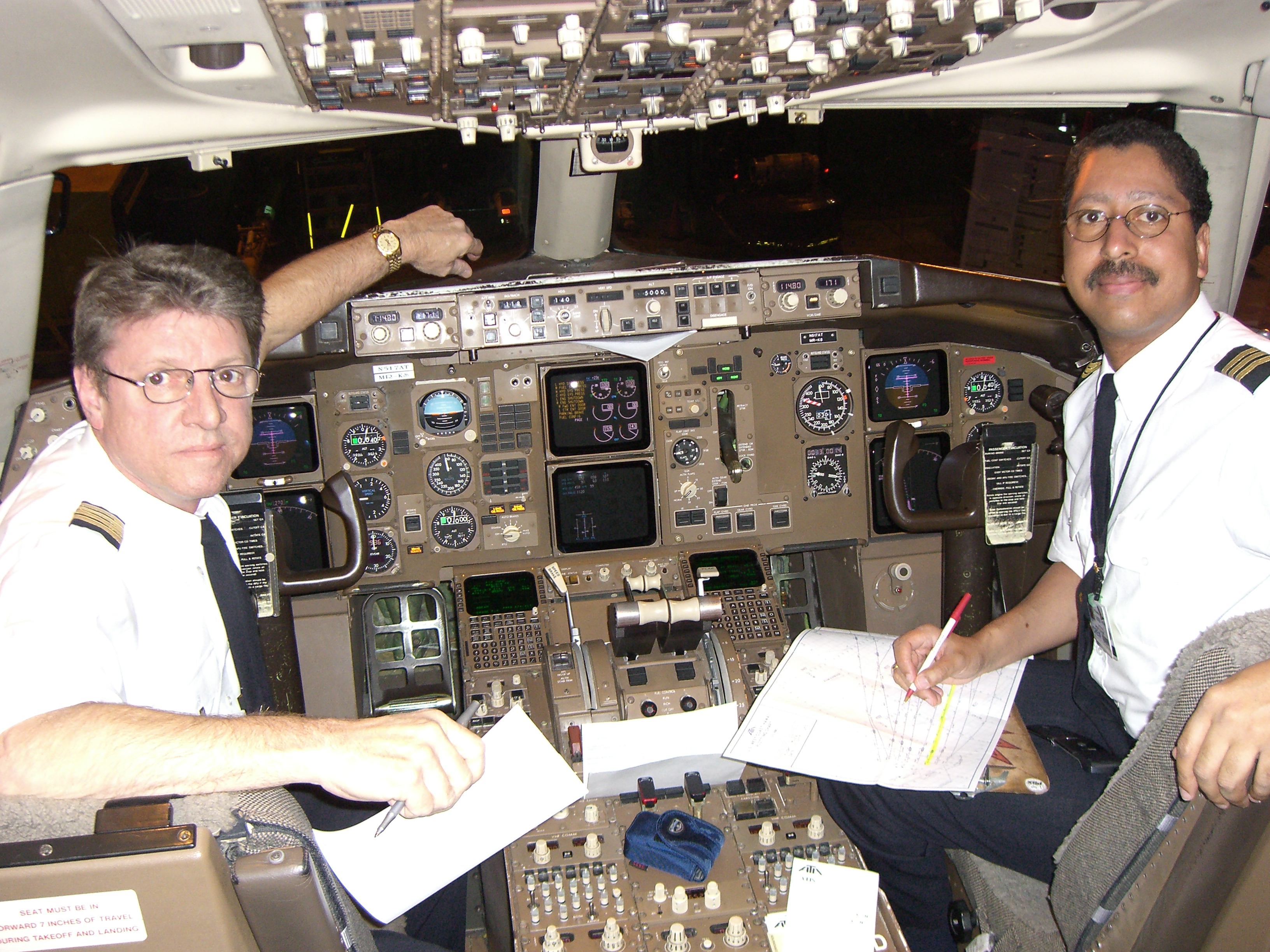|
United Airlines Flight 811
United Airlines Flight 811 was a regularly scheduled international flight from Los Angeles to Sydney, with intermediate stops at Honolulu and Auckland. On February 24, 1989, the Boeing 747-122 serving the flight experienced a cargo-door failure in flight shortly after leaving Honolulu. The resulting explosive decompression blew out several rows of seats, killing nine passengers. The aircraft returned to Honolulu and landed without further incident. Aircraft The aircraft involved was a Boeing 747-122 ( registration number ''N4713U''). It was delivered to United Airlines on November 3, 1970. Its serial number was 19875 and it was the 89th 747 built. At the time of the accident, the aircraft had accumulated 58,814 total flight hours and 15,028 flight pressurization cycles, and had not been involved in any previous accidents. On February 24, 1989, the aircraft was scheduled by United Airlines to operate as Flight 811 from Los Angeles International Airport in Los Angeles, California ... [...More Info...] [...Related Items...] OR: [Wikipedia] [Google] [Baidu] |
Uncontrolled Decompression
An uncontrolled decompression is an undesired drop in the pressure of a sealed system, such as a pressurised aircraft cabin or hyperbaric chamber, that typically results from human error, structural failure, or impact, causing the pressurised vessel to vent into its surroundings or fail to pressurize at all. Such decompression may be classed as ''explosive, rapid'', or ''slow'': * Explosive decompression (ED) is violent and too fast for air to escape safely from the lungs and other air-filled cavities in the body such as the sinuses and eustachian tubes, typically resulting in severe to fatal barotrauma. * Rapid decompression may be slow enough to allow cavities to vent but may still cause serious barotrauma or discomfort. * Slow or gradual decompression occurs so slowly that it may not be sensed before hypoxia sets in. Description The term ''uncontrolled decompression'' here refers to the unplanned depressurisation of vessels that are occupied by people; for example, a pressu ... [...More Info...] [...Related Items...] OR: [Wikipedia] [Google] [Baidu] |
Honolulu
Honolulu ( ; ) is the List of capitals in the United States, capital and most populous city of the U.S. state of Hawaii, located in the Pacific Ocean. It is the county seat of the Consolidated city-county, consolidated City and County of Honolulu County, Hawaii, Honolulu, situated along the southeast coast of the island of Oahu, Oʻahu, and is the westernmost and southernmost major U.S. city as well as westernmost and southernmost U.S. state capital. It is also a major hub for business, finance, hospitality, and military defense in both the state and Oceania. The city is characterized by a mix of various Asian culture, Asian, Western culture, Western, and Oceanian culture, Pacific cultures, reflected in its diverse demography, cuisine, and traditions. is Hawaiian language, Hawaiian for "sheltered harbor" or "calm port"; its old name, , roughly encompasses the area from Nuʻuanu Avenue to Alakea Street and from Hotel Street to Queen Street, which is the heart of the present dow ... [...More Info...] [...Related Items...] OR: [Wikipedia] [Google] [Baidu] |
Pressure Measurement
Pressure measurement is the measurement of an applied force by a fluid (liquid or gas) on a surface. Pressure is typically measured in units of force per unit of surface area. Many techniques have been developed for the measurement of pressure and vacuum. Instruments used to measure and display pressure mechanically are called pressure gauges, vacuum gauges or compound gauges (vacuum & pressure). The widely used Bourdon gauge is a mechanical device, which both measures and indicates and is probably the best known type of gauge. A vacuum gauge is used to measure pressures lower than the ambient atmospheric pressure, which is set as the zero point, in negative values (for instance, −1 bar or −760 mmHg equals total vacuum). Most gauges measure pressure relative to atmospheric pressure as the zero point, so this form of reading is simply referred to as "gauge pressure". However, anything greater than total vacuum is technically a form of pressure. For very low pres ... [...More Info...] [...Related Items...] OR: [Wikipedia] [Google] [Baidu] |
Flight Time
Flight time or block time is an aviation term referring to the total amount of time spent piloting aircraft, and serves as the primary measure of a pilot's experience. Flight time is defined by International Civil Aviation Organization (ICAO) as "The total time from the moment an aeroplane first moves for the purpose of taking off until the moment it finally comes to rest at the end of the flight", and thus includes time spent taxiing and performing pre-flight checks on the ground, provided the engine is running. It is colloquially referred to as "blocks to blocks" or "chocks to chocks" time. In commercial aviation, this means the time from pushing back at the departure gate to arriving at the destination gate. Air time is defined as "the time from the moment an aircraft leaves the surface until it comes into contact with the surface at the next point of landing". For gliders without self-launch capability, flight time "commences when the glider is towed for the purpose of flig ... [...More Info...] [...Related Items...] OR: [Wikipedia] [Google] [Baidu] |
Flight Attendant
A flight attendant is a member of the aircrew whose primary responsibility is ensure the safety of passengers in the cabin of an aircraft across all stages of flight. Their secondary duty is to see to the comfort of passengers. Flight attendants are also known as a steward () or stewardess (), or air host () or air hostess () and are collectively referred to as cabin crew. History The role of a flight attendant derives from that of similar positions on passenger ships or Passenger railroad car, passenger trains, but has more direct involvement with passengers because of the confined quarters on aircraft. Additionally, the job of a flight attendant revolves around safety to a much greater extent than those of similar staff on other forms of transportation. Flight attendants on board a flight collectively form a ''cabin crew'', as distinguished from Aircraft pilot, pilots and Flight engineer, engineers in the cockpit. The German Heinrich Kubis was the world's first flight a ... [...More Info...] [...Related Items...] OR: [Wikipedia] [Google] [Baidu] |
Flight Engineer
A flight engineer (FE), also sometimes called an air engineer, is a member of an aircraft's flight crew who is responsible for monitoring and operating its complex aircraft systems. In the early era of aviation, the position was sometimes referred to as the "air mechanic". Flight engineers can still be found on some larger Fixed-wing aircraft, fixed-wing airplanes and helicopters. A similar crew position exists on some spacecraft. In most modern aircraft, their complex systems are both monitored and adjusted by electronic microprocessors and computers, resulting in the elimination of the flight engineer's position. In earlier days, most larger aircraft were designed and built with a flight engineer's position. For U.S. civilian aircraft that require a flight engineer as part of the crew, the flight engineer must possess an FAA Flight Engineer Certificate with reciprocating, turboprop, or turbojet ratings appropriate to the aircraft. Whereas the four-engine Douglas DC-4 did not re ... [...More Info...] [...Related Items...] OR: [Wikipedia] [Google] [Baidu] |
First Officer (civil Aviation)
In aviation, the first officer (FO), also called co-pilot, is a pilot in addition to the captain, who is the legal commander. In the event of incapacitation of the captain, the first officer will assume command of the aircraft. Requirement Historically, large aircraft had several personnel on the flight deck, such as a navigator, a flight engineer, and a dedicated radio operator. Improvements in automation and reliability have reduced this to two. Many aircraft require a minimum of two flight crew. The minimum crew requirement will be stated in the aircraft manuals by the manufacturer. In the European Union, all turbo-propeller aeroplanes with a maximum approved passenger seating configuration of more than nine and all turbo-jet aeroplanes require two pilots.EU OPS (965) Subpart N, Ops 1.940 Composition of flight crew Role Control of the aircraft is normally shared equally between the first officer and the captain, with one pilot normally designated the " pilot flying" an ... [...More Info...] [...Related Items...] OR: [Wikipedia] [Google] [Baidu] |
Honolulu Star-Advertiser
The ''Honolulu Star-Advertiser'' is the largest daily newspaper in Hawaii, formed in 2010 with the merger of '' The Honolulu Advertiser'' and the '' Honolulu Star-Bulletin'' after the acquisition of the former by Black Press, which already owned the latter. History On February 25, 2010, Canadian publisher Black Press Ltd., which owned the '' Honolulu Star-Bulletin'', purchased ''The Honolulu Advertiser'', then owned by Gannett Corporation for $125 million. As part of the deal to acquire the ''Advertiser'', Black Press agreed to place the ''Star-Bulletin'' on the selling block. If no buyer came forward by March 29, 2010, Black Press would start making preparations to operate both papers through a transitional management team and then combine the two dailies into one. On March 30, 2010, three parties came forward with offers to buy the ''Star-Bulletin'', but a month later on April 27, 2010, the bids were rejected because their bids for the ''Star-Bulletin'' were below the mini ... [...More Info...] [...Related Items...] OR: [Wikipedia] [Google] [Baidu] |
Mandatory Retirement
Mandatory retirement also known as forced retirement, enforced retirement or compulsory retirement, is the set age at which people who hold certain jobs or offices are required by industry custom or by law to leave their employment, or retire. As of 2017, as reported by the Organisation for Economic Co-operation and Development (OECD), only three European member states (UK, Denmark and Poland) and four OECD countries (Canada, Australia, New Zealand, United States) had laws banning mandatory retirement. Rationale Typically, mandatory retirement is justified by the argument that certain occupations are either too dangerous (military personnel) or require high levels of physical and mental skill ( air traffic controllers, airline pilots). Most rely on the notion that a worker's productivity declines significantly after age 70, and the mandatory retirement is the employer's way to avoid reduced productivity. However, since the age at which retirement is mandated is often somewhat ar ... [...More Info...] [...Related Items...] OR: [Wikipedia] [Google] [Baidu] |
Pilot In Command
The pilot in command (PIC) of an aircraft is the person aboard an aircraft who is ultimately responsible for its operation and safety during flight. This would be the captain in a typical two- or three- pilot aircrew, or "pilot" if there is only one certificated and qualified pilot at the controls of an aircraft. The PIC must be legally certificated (or otherwise authorized) to operate the aircraft for the specific flight and flight conditions, but need not be actually manipulating the controls at any given moment. The PIC is the person legally in charge of the aircraft and its flight safety and operation, and would normally be the primary person liable for an infraction of any flight rule. The strict legal definition of PIC may vary slightly from country to country. The International Civil Aviation Organization (ICAO) definition is: "The pilot responsible for the operation and safety of the aircraft during flight time." In Annex 2, "Rules of the Air", under par. "2.3.1 Responsi ... [...More Info...] [...Related Items...] OR: [Wikipedia] [Google] [Baidu] |







